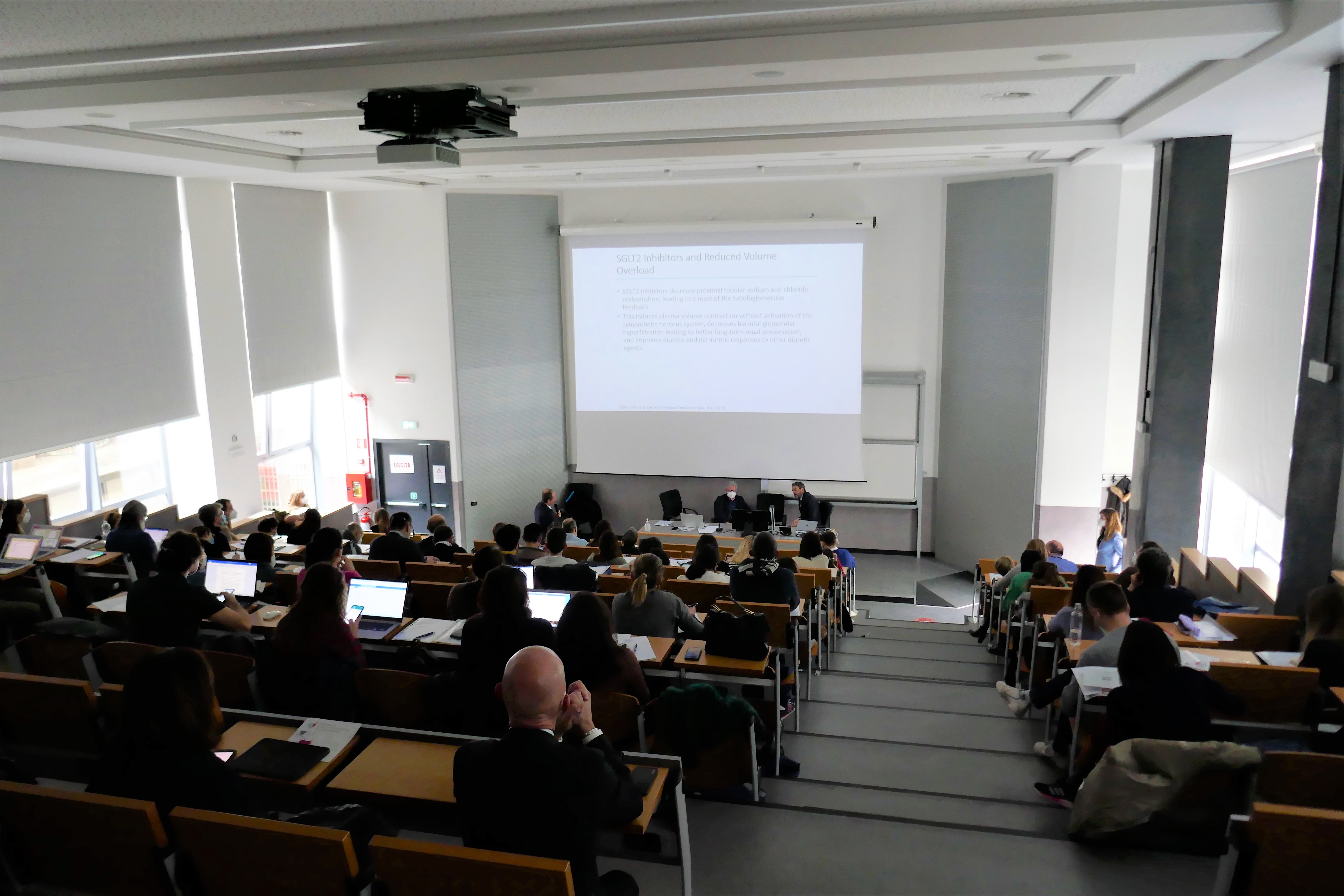“The leave nothing behind” strategy
https://www.imrpress.com/journal/RCM/special_issues/1617687400166
Special Issue Editor
Special Issue Information
Dear Colleagues,
Interventional cardiology is evolving rapidly with an increased need for better results in treatment of coronary artery disease (CAD) which is the leading cause of death worldwide.
The introduction of drug eluting stents (DES) revolutionized treatment of coronary artery disease by reducing the rate of restenosis to 5%-10%. However, the use of DES in complex patients such as diabetic, small vessel disease, long lesions and coronary artery bypass grafting is still associated with higher risk of ISR.
In recent years, drug-coated balloons (DCB) have emerged as a potential alternative to combat restenosis and fulfill the goal of the DES without duplicating the limitations encountered with previously available devices. With currently available paclitaxel and sirolimus balloon coatings DCBs are showing non-inferiority vs DES in different patient settings. However, a major challenge in the management of coronary artery disease is the accurate identification of those patients who will benefit from either DCB or DES and which coating outperforms the other at long term.
Importance
CAD has an increasing incidence, prevalence and mortality rate. In light of recent advances in various delivering and coating devices for management of CAD we introduce this series of concise reviews that will focus on the contemporary management of these patients and investigate different approaches of their care.
Dr. Bernardo Cortese
Guest Editor








